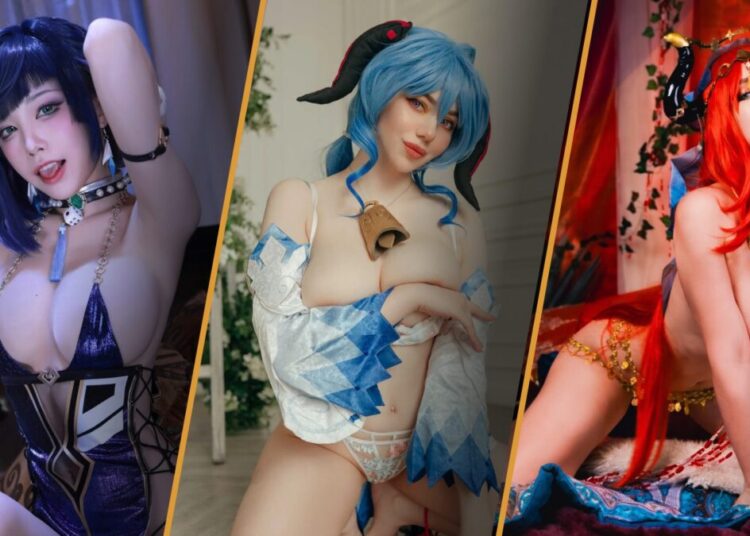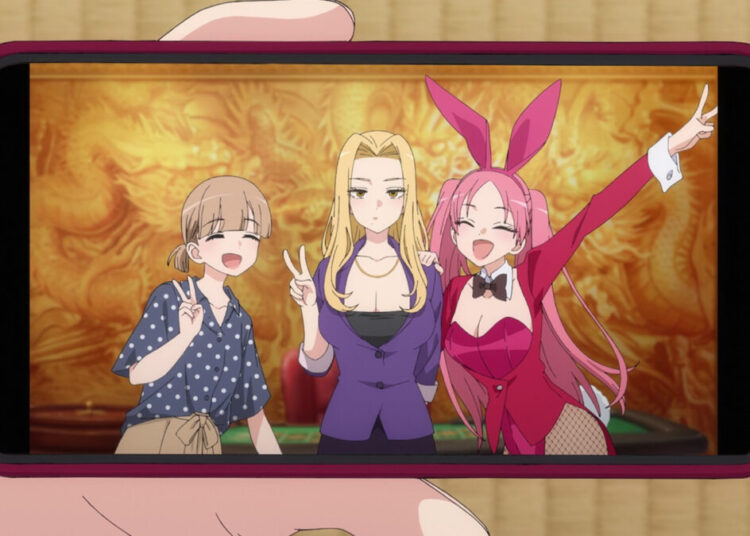A quick glance at the Japanese and Asian gaming scene reveals a wealth of interesting titles, such as Genshin Impact. At the same time, you’ll notice the prevalence of gacha mechanics in mobile titles. Yet, hearing the term “gacha” is enough to stoke righteous indignation among some Western gamers. By extension, micro-transaction business models are equally maligned. So, what is causing this great divide between Japanese and Western gamers? Let J-List help you make sense of the Gacha Question.
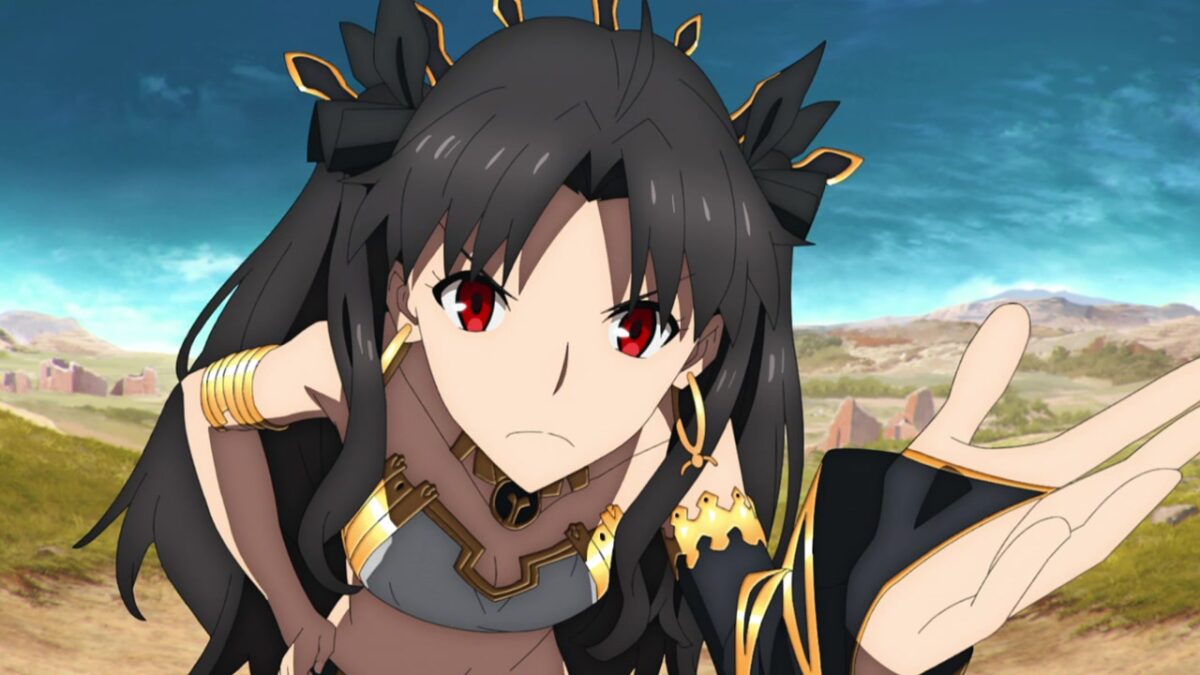
Japan and Asia
Gacha can be traced back to the capsule toy vending machines that first popped up during the ’70s. Namco Bandai’s trademark Gashapon sold over 3.8 billion units by 2022. As noted by industry insider Dr. Serkan Toto, the links between those vending machines, their random-chance items, and the Japanese mobile gaming ecosystem aren’t a mere coincidence:
A lot of makers offer playing gacha once per day for free in order to
a) get users “addicted” and
b) to boost retention/the number of log-ins.
Makers also offer discounts (for example during a special sales campaign), or limited-edition items (for example during seasonal events like Christmas or Halloween).And gacha work well — extremely well: from some makers, I am hearing that up to 50% of their overall sales come from these machines. People just can’t stop paying money (in the form of paid virtual coins or tokens) to be able to go for another round.
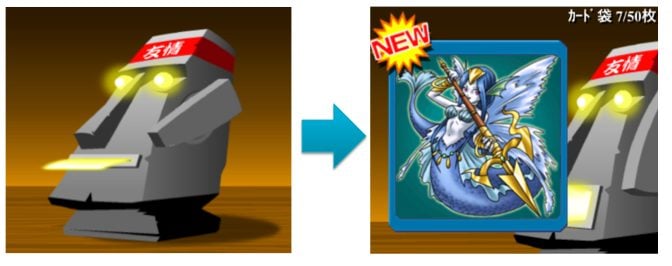
Even by the time Dr. Toto wrote that back in 2012, gacha had already become a mobile gaming staple. It only became more entrenched as time passed. The allure proved too enticing for both consumers — echoing what analyst Taija Kanerva described as the “human need to collect and complete things” — and developers finding a way of monetizing that psychological thrill, be it for new cosmetics or characters. That the most popular hits in the genre tend to have an entertaining gameplay loop, even without shelling out (too) much, certainly helps.
By 2016, titles like Cygames’ Granblue Fantasy were gaining traction in Japan and beyond. (Source: YouTube)
It’s also no coincidence that the popularity of gatcha games mirrored the rise of free-to-play MMOs and microtransaction systems across Asia during the 2000s, as noted by Engadget. Not everyone owned a PC and gaming console, or couldn’t afford a full-price title. But anyone, whether it be in developing countries like the Philippines, or in the high-speed internet cafes of South Korea, could dip into a free-to-play game. Microtransactions were both profitable and practical.

Although Japanese mobile gaming sales in the first half of 2023 have declined by 11% from last year, according to Sensor Tower ($68.1 billion compared to $76.1 billion in 2022), gacha titles continue to dominate. Titles like Fate/Grand Order and Uma Musume Pretty Derby are incredibly popular, even in the face of foreign Asian competition like Honkai: Star Rail. In fact, gacha IPs like Granblue Fantasy are making inroads into “mainstream” console games, along with their gacha mechanics. That has raised concerns in the West.
West and the Rest
As early as 2012, Dr. Toto noted how Popcap incorporated gacha elements into the Japanese edition of Bejeweled Blitz after seeing how popular they had become. Within a few years, audiences across the Pacific were getting to experience the thrill first-hand. This wasn’t lost on Western developers and publishers, which contributed to the rise of loot boxes from companies like Valve, EA, and Blizzard.
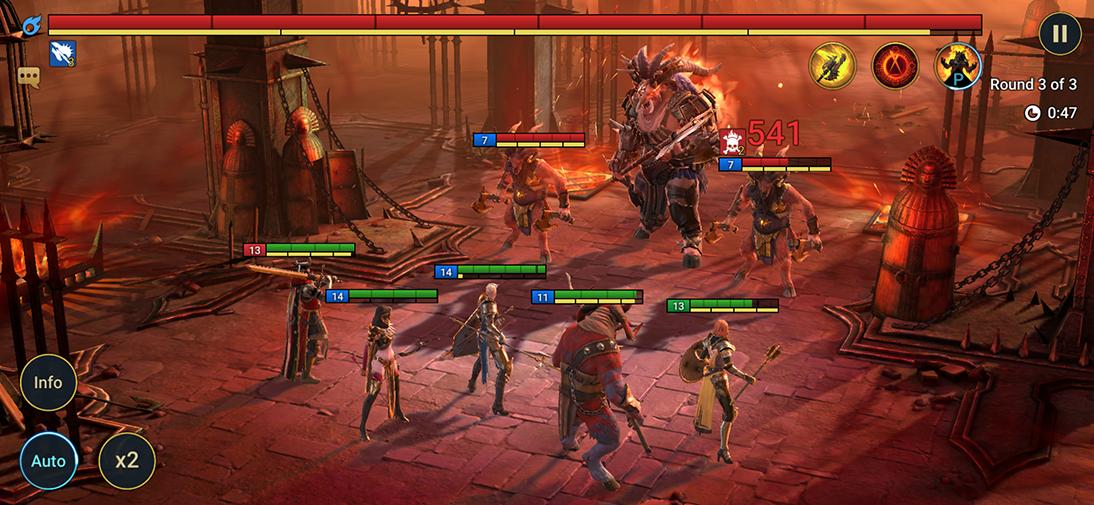
It didn’t take long before these systems met with growing criticism, and not just over how rapidly Western companies were capitalizing on gatcha mechanics. As PC Gamer‘s Steven Wright put it in 2017 in relation to Overwatch‘s monetization scheme:
The past two years have seen the prevalence of loot boxes swell as developers continue to try to find alternate ways to entice players into spending past the initial buy. Though many view Overwatch’s approach fundamentally ethical, the fact that you can only buy loot boxes and not the skins themselves with real currency arguably encourages the same sort of overconsumption as the “complete gacha.”Many viewed the introduction of “single-player loot boxes” in Monolith’s Shadow of War as a bright line—the first time loot boxes have actually applied to the single-player mode of a game that sells for $60. Items that boost progression in single-player games have now been around for years, but it’s the inclusion of the random element that seems particular exploitative.


Zero-Sum or Moderation?
It’s worth noting that those criticisms over gambling and exploitation were made in Japan early on. In fact, the Japanese government was the first to put its foot down in 2012, when the Consumer Affairs Agency classified “complete gacha” (originally referring to a variation in which players tried to collect a whole set of prizes in the hopes of getting a rare one) as violating laws against “unjustifiable premiums and misleading representation.”
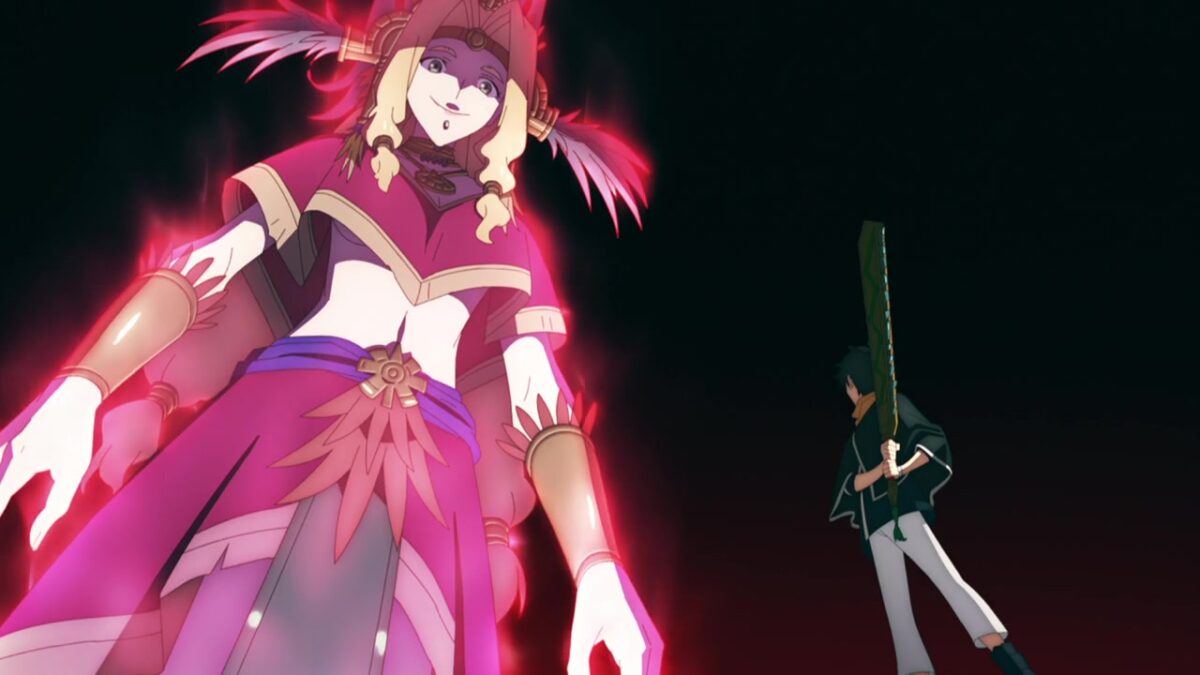
Yet rather than leading to outright bans, or widespread indignation as seen among Western audiences, gacha games remain well-established within the Japanese scene. According to Dr. Toto in a 2018 interview with Luke Winkie, this is partially due to how developers and publishers, in the wake of media attention, pursued self-regulation. Though quietly dissolved in 2015, this regulation allowed them to refine gacha systems, while pruning its excesses. Though problems still come up, many Japanese fans seemingly tolerate those issues:
At this point, gacha is part of the DNA of Japanese otaku culture. Strangely enough, Toto notices a dearth of hype or interest in any mobile game that doesn’t include some sort of randomized monetization structure. “In Japan, developers tell me, ‘If we removed lootboxes there would be a revolt!’ If a new game doesn’t have gacha, people think it’s cheap. They don’t want to spend money on it,” he explains.
As Japanese gacha games evolve, they continue to defy expectations and stereotypes built up over the past decade. (Source: YouTube)
As Samantha Low noted in 2023, this still holds up. Rather than viewing gacha games as a zero-sum threat or anti-consumer scam, Asian gamers approach them with more nuance. They see them as a “moderate lifestyle choice, rather than an uncontrollable dumping ground for cash.”
What are your thoughts on the Gacha Question? Let us know, in the comments below.
And while you’re here, J-List has a plethora of Fate/Grand Order merch, including a nice Jeanne figure ready for pre-order!


